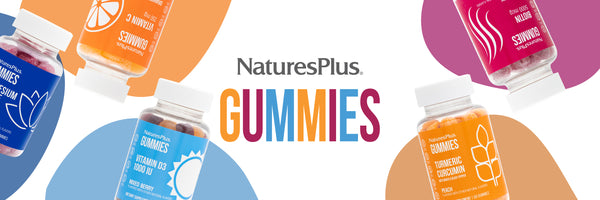It could be a scene straight from a North Country postcard: A large vat, set back in the woods or housed within a rough-hewn shack, into which people keep pouring pails of clear liquid, steam billowing into the chilly air for hours.
It’s called sugaring season, the time when sap from maple trees is boiled down into sweet syrup.
Best known as a New England pastime, maple syrup production occurs throughout northeastern North America, wherever climate conditions—cold nights and warm days—during late winter and early spring allow for a rich flow (referred to as arun) of sap fromAcer saccharum Marsh., otherwise known as the sugar maple.
Maple Syrup Basics
Today’s syrup producers follow in the footsteps of Native American tribes such as the Iroquois, who valued the tree sap they called “sweetwater.” So did the American colonists, among whom maple sweeteners became especially popular after Great Britain imposed high tariffs on imported sugar in the 1760s.
If you have to satisfy your sweet tooth, maple syrup (consumed in moderation) can fill the bill while providing manganese and zinc. It also contains more than 50 phytonutrients, sparking research into possible health benefits.
The lightest syrup, labeled Fancy or Light Amber, comes from the beginning of the sap run. (Sugarmakers like to pour it over vanilla ice cream.)
The syrup becomes darker and more intensely flavored as the sugaring season progresses, from Medium Amber to Dark Amber to Extra Dark or Grade B, the kind that’s best for cooking. (Beware of imitations: “Pancake syrup” basically consists of corn syrup with maple flavoring.)
Cooking with Maple Syrup
Maple syrup is traditionally used on pancakes, oatmeal and French toast; you can create a fruit syrup by lining a small baking dish with apple or pear slices, covering them with maple syrup and baking at 350° for 15 to 20 minutes. Maple syrup also lends a sweet note to baked beans, beverages, muffins and glazes for meat or vegetables.
Maple’s woodsy sweetness is available in other varieties.
To createmaple cream(also called maple butter), additional water is removed until the syrup takes on the consistency of peanut butter. Maple cream works well as a toast and pastry spread. Remove all of the syrup’s liquid and what you’re left with ismaple sugar. Often available pressed into candy, maple sugar can also be used as a breakfast or fruit topping.
In baking maple sugar can be substituted for white sugar cup for cup, although it does tend to be sweeter than its standard counterpart. When using maple syrup in baking, reduce the recipe’s liquid ingredients by between one-third and one-half cup for each cup of sugar replaced (you may need to experiment) and decrease oven temperature by 25 degrees.
Unopened containers of maple syrup should be stored under cool, dry conditions. Once opened, they should be kept in the refrigerator.
Facing another cold, dreary morning? Maple syrup can give your breakfast a healthy amber glow.
Maple and Mustard Roasted Root Vegetables
What better way to enjoy the fruits of autumn than with a recipe that combines the sweetness of maple syrup with the satisfying earthiness of root veggies?
5 cups coarsely chopped root vegetables of your choice (turnip, parsnip, rutabaga, carrot, potato, sweet potato, beets (regular or golden))
1/2 cup coarsely chopped onion or 20 pearl onions, peeled
2 tbsp olive oil
1/2 tsp salt
1/4 tsp pepper
1/4 cup maple syrup
2 tbsp Dijon mustard
1/2 tsp garlic powder
1. Preheat oven to 425°. Toss vegetables and onions with olive oil, salt and pepper in a baking pan. Place in oven and roast for 20 minutes, then remove and toss again. Cook 15 minutes more, remove and toss, and cook another 15 minutes.2. Combine syrup, mustard and garlic powder in a small bowl. Drizzle over the vegetables and mix to coat well. Cook until all vegetables are soft (beets and potatoes take the longest) and glaze starts to caramelize.
Yields six servings
Source: Reprinted with permission from the Vermont Maple Sugar Makers Association
Like this article? You’ll love our weekly newsletter
sign up here!
**These statements have not been evaluated by the Food and Drug Administration. This product is not intended to diagnose, treat, cure or prevent any disease.











































































